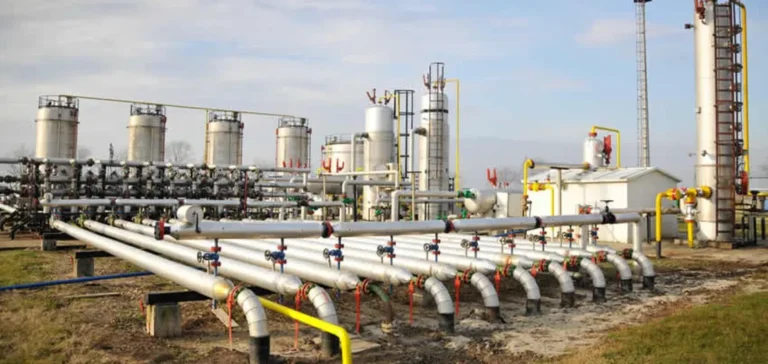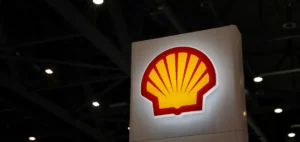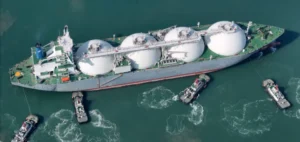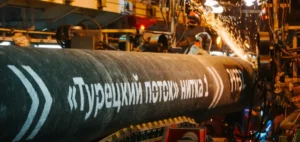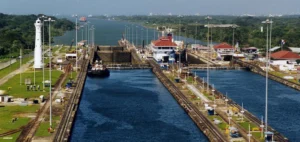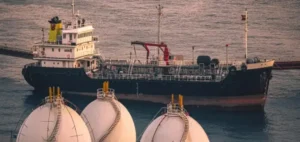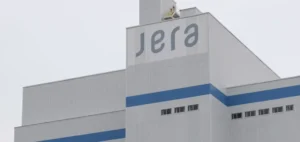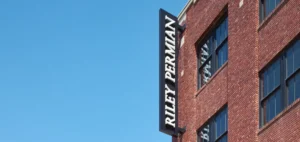High natural gas storage levels would play a critical role in Germany’s economic resilience in the face of a winter energy crisis. A study commissioned by energy supplier Uniper and conducted by consulting firm Frontier Economics highlights the financial impact of a storage shortfall during reduced supply or extreme cold in the winter of 2025/26.
If storage levels reach only 75% at the start of this period, the economic losses could amount to nearly €40 billion ($42.47bn). In contrast, filling reserves to 90% would reduce these losses to approximately €14 billion ($14.87bn), resulting in a gap of €25 billion ($26.56bn). This difference would be decisive in maintaining macroeconomic stability and avoiding a technical recession.
Risks of a harsh winter on consumption and exports
According to the report, the critical period would span from the fourth quarter of 2025 to the first quarter of 2026. During these months, a combination of increased domestic consumption, reduced exports, and lower industrial activity could amplify the effects of a gas supply shock. A temperature drop of just 2.2 °C below seasonal norms would be enough to trigger a stress scenario.
The role of storage facilities would therefore go beyond merely ensuring technical supply security. They would help stabilise gas and electricity prices by absorbing seasonal peaks and would thus preserve household purchasing power and the competitiveness of export-oriented industries.
An economic tool to limit price shocks
The study also highlights the buffering function of storage against price shocks. Without such reserves, import costs rise sharply, leading to increased energy spending for companies and households. This results in reduced consumption, lower investment, and a decline in exports.
Storage facilities thus act as price regulators and volatility dampeners on the markets. They would also reduce ripple effects on other economic segments sensitive to energy price fluctuations.
Ensuring dispatchable capacity in a changing energy mix
With the gradual phase-out of coal and nuclear power plants, demand for dispatchable capacity is increasing. By 2035, the Federal Network Agency anticipates the addition of 25.6 GW in new gas-fired power generation capacity. Storage plays a strategic role in ensuring the supply to these plants during periods of high demand.
In the medium term, storage infrastructure must support the transition to hydrogen by bridging current natural gas supply cycles with future flows of green hydrogen. This evolution would prevent supply disruptions during the technological shift.
Toward hydrogen-compatible storage
The report concludes that most of the current storage infrastructure can be adapted to hydrogen. A coordinated transformation of existing capacity could prevent bottlenecks and ensure security of supply during the ramp-up of a hydrogen-based economy.
Storage capacity thus emerges as a central lever to guarantee short-term supply security while supporting the long-term transformation of the energy system towards low-emission sources.


